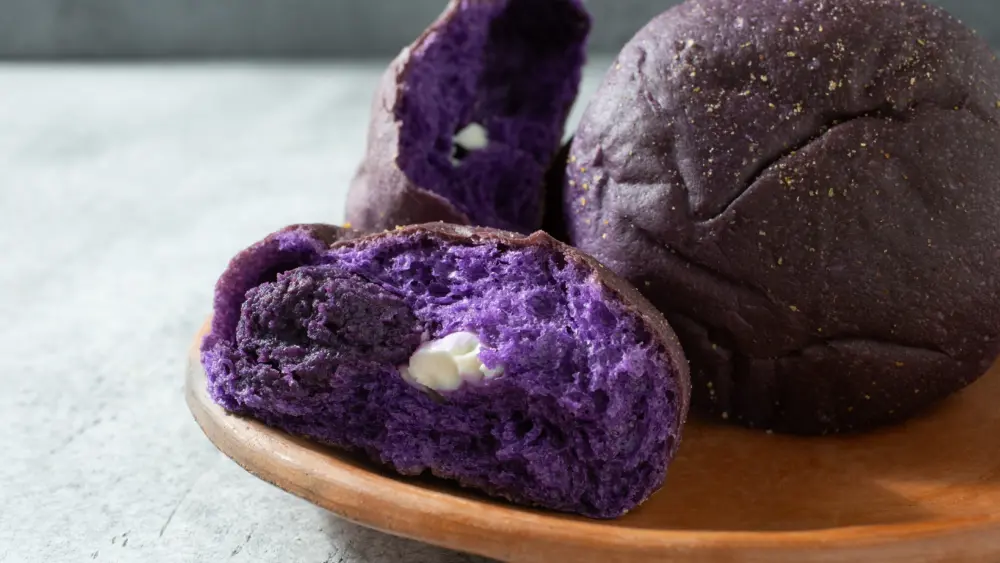
Call it winter gloom, or middle-aged blues, as my birthday looms, but I find myself reflecting on the glory days and haze of college, when my biggest responsibilities were getting to class on time, cramming for exams, and heeding my older brother’s orders to spend as much time studying as I did tossing back shots. Being the doting younger sis I was, I poured over textbooks and tequila shots in equal measure. The latter often ended with the messy consequences that only too many Jose Cuervo Gold shots can afford. Decades later, even a sniff of tequila causes my stomach to clench.
While the sense memories linger, I met my liquid nemesis on new terms during the unveiling of a new tequila brand, Casa Obsidian, during an event at the Calistoga Depot Distillery. The venture was co-founded by Jean-Charles Boisset of Raymond Vineyards, and Jorge and Roberto of the renowned Beckmann Gonzalez family of Mexico. The portfolio encompasses a trio of ultra-premium tequilas—a blanco, reposado and an añejo—which are all made from 100% blue weber agave, from the Beckmann Gonzales family’s estate that spans multiple terroirs across thousands of acres. The brand anoints a 20-year friendship between Boisset and the Beckmann Gonzalez family, and benefits from their family’s 260 years of tequila making.
Each tequila is aged in Boisset’s Napa Valley chardonnay French oak barrels, which impart a nuanced, smooth vanilla flavor. Master tequilero Francisco Quijano shared, “I was excited to see the development of the tequila’s tasting notes after being aged in wine barrels and found that the end result both honors the traditions of tequila making while shining a light on what modern day Mexico has to offer.” Each tequila comes in a uniquely shaped, handcrafted ceramic bottle created by Mexican artisans, and looked like art piece in their own right.
My first whiff of the blanco revealed that this new age of tequila is a whole new deal—aromatic, smooth and silky, with a hint of pepper. The reposado, which was aged for four months, was nicely balanced with notes of warm baking spices and caramel, and the añejo was crafted with dark-spirit lovers in mind.
The part of the distillation process I found most interesting was when Quijano spoke about a key distinction of their product: It is distilled from a proprietary yeast from the family’s Casas Blancas ranch, and a “diffuser” is not used during production—which, according Quijano, guarantees no hangover.
how 30% of the blood alcohol had been removed, which he ensured meant no hangovers. While I was tempted to test the theory, I decided instead, to sip, savor and open my mind and nose to tequila, after all these years.
The night also afforded a sneak peek inside two of the depot’s rail cars, the Casa Obsidian restaurant and Millionaire’s Saloon, where gold sculptures, horse saddle seats and paintings of Elvis from when his shoot-em’-up cowboy phase reigned. It all left me anticipating when these lavish spaces will open. First there was talk of last summer, then it was pushed to fall, followed by The Depot provisions shop and beer garden closing for the winter. However, if Boisset’s track record and the tequila line are any indicators, the grand opening will be worth the wait.
Wine Girl
To avoid another winter hibernation wipeout, I escaped the familial crypt for a moms’ night out at one of downtown Napa’s most Instagram-worthy spots—Wine Girl, where it felt like a Barbie movie sequel had come to life along the First Street strip. As someone who has hailed to the house of pink, long before it reached “It girl” status, I felt immediately at home amid the colorific space. The Barbie shots (tequila, strawberry margarita mix, edible iridescent flakes and a sugar candy rim), mimosa flight and fireball-inspired Candy Cane Shot only added to the experience. But perhaps the biggest bonus for this Up Valley dweller stepping out down south was the wine-by-the-glass list, which flaunted all but one for under $20, and flights for only $23, which paired nicely with the glittery seats and service.
This delightful foray pointed to not only what separates Barbie from Ken, but what distinguishes upper valley haunts from downtown digs, where affordable eating and drinking spots do exist. A trip to Press in St. Helena the next day furthered my theory that the farther north you drive, the prices climb. One could be tempted to blame the restaurant’s Michelin star status, but the price plague existed long before that. I found the service to be slow, portions small and the food did not match the $300 price tag. The fact my husband and I had to stop at A&W on our way home was telling.
A week later, a birthday dinner at Solbar, furthered my point, as we rifled through a menu ripe with white wines that averaged $23 a glass, and reds that often tipped over the $29 mark, alongside entrees that doubled that. Toss in dismal service despite a scantly-seated dining room, and the night successfully burst my Wine Girl, Barbie-dream-house bubble for the reality of living in a post-pandemic, price-gouging part of the valley, where even a fast-food meal for two tips the financial scale and leaves me thinking—Kenough already.
Author
-

Christina Julian left Los Angeles and a career in advertising to sip and swirl for a living in Napa Valley, where she vowed to make wine and the discussions around it, more approachable. She’s covered everything from arts and entertainment to travel and leisure but remains true to her own words as a wine and food writer for The Infatuation. NorthBay Biz was one of the first regional publications she wrote for when she landed here more than a decade ago, and she’s never looked back. Learn more at christinajulian.com.
View all posts



